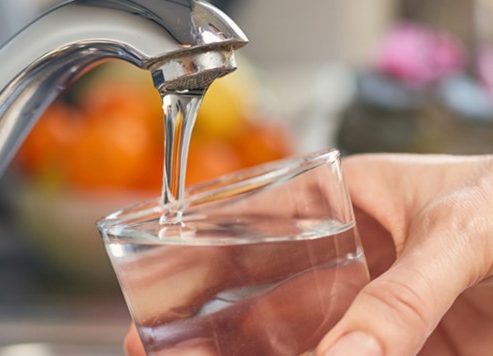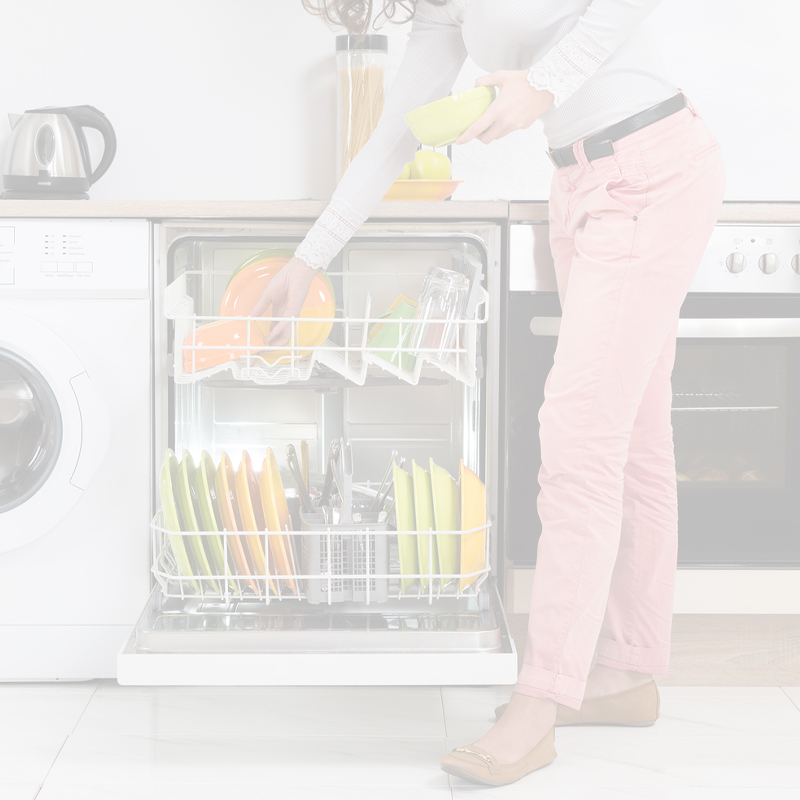Up, down, and all-round — your water can go on quite the journey before it reaches your tap. This is especially true if you have a water softener. Water softeners can be either upflow — where water is forced upward — or downflow — where water plunges down. Let's take a look at how these systems work so you can see which would be better for your home's water supply.
What is the Difference Between Upflow and Downflow?
The differences between upflow vs. downflow water softeners are pretty much exactly what they sound like. Upflow systems work by having water flow up, while downflow systems force water down.
Here's how an upflow system works. Water enters the tank, flows through an upper basket, and then goes down a riser tube in the middle of the tank. Once the water reaches the bottom of the riser tube, it goes through a lower basket. From here, the water is pushed upward in a swirling motion through the filter. The whole upflow water system works because of the rounded tank bottom — this causes the downward flowing water to spiral upward.
So how about a downflow system? Rather than redirect water down and back up into the filter, downflow water softeners are more straightforward. Water comes into the tank through an upper basket then flows down through the filter and into a lower basket. The filtered water then flows back up the riser tube and out of the tank.
As you can see, both systems rely on water pressure to force water both up and down. The differences come down to at what point the water is actually filtered. Upflow systems go down and then up to filter, while downflow systems go down to filter and then back up.
We are water Experts
Water quality is non-negotiable. To prove it, we've built state-of-the-art water quality labs and filled them with the best and brightest scientists — all so we can provide you with the best water of your life.

The Benefits of an Upflow System vs. Downflow Systems
Now that you know how each system works, which is better? We prefer the upflow system for a number of reasons.
- Upflow designs eliminate the need for backwashing because the filter is continuously being fluffed every time water is forced upward.
- Because the water swirls in an upflow design, it has more contact with the filter media, producing better results.
- Because the water has more contact with the filter, the system doesn't use as much salt, reducing your expenses.
- These systems don't use electricity and don't waste a lot of water, saving you big on your utility bill.
What's in your water?
start here
Worried about your water? Take control with our at-home water test kit. We'll analyze your water and recommend the best filtration or softening solution for your specific needs.


Water 101
Unleash the secrets of your H2O! Explore where water originates and discover the various water filtration solutions that transform it into drinkable water.
Related Articles

Cleaner, Softer Clothing With Soft Water
Do you have water stains on your clothes? Is there sediment…

Does Your Body Tell You How Much Water to Drink?
How much water should I drink a day? Water is..

7 Signs You Need a New Water Softener or Filter
In an ideal world, every glass of water you pour…
Disclaimer: The information on this website has not been reviewed by the FDA. Products offered for sale herein are not intended to treat, cure or prevent any disease or health condition. No medical claims are being made or implied. Contaminants mentioned are not necessarily in your water.




